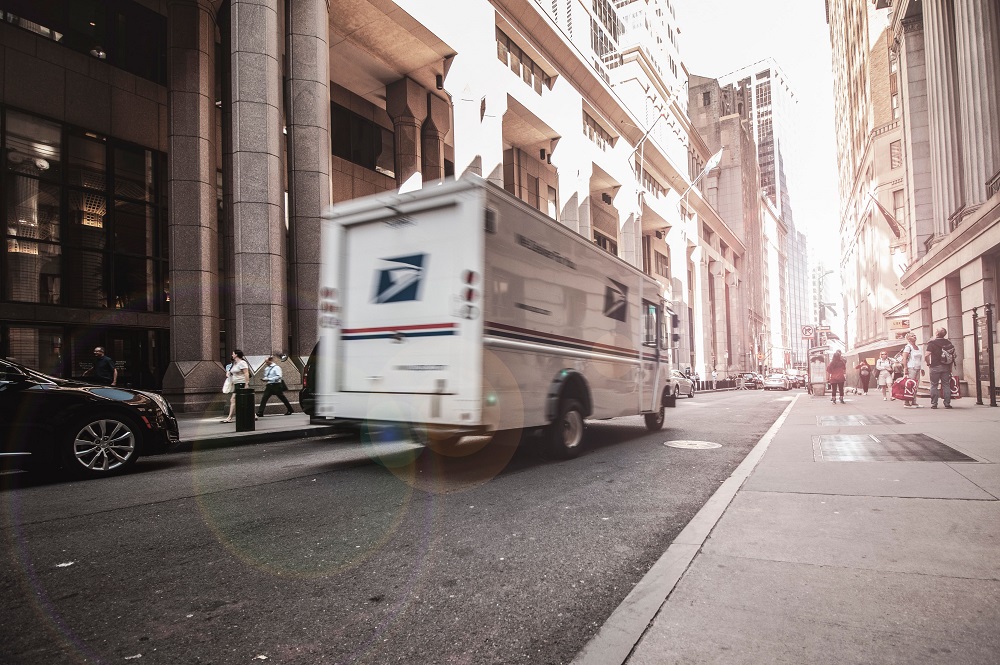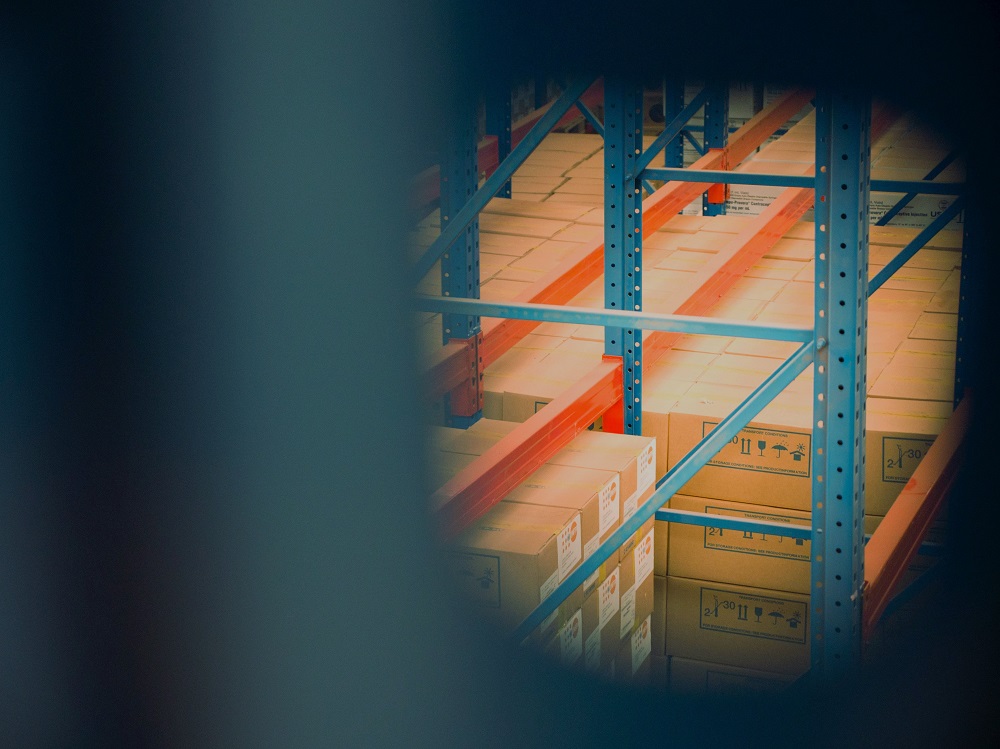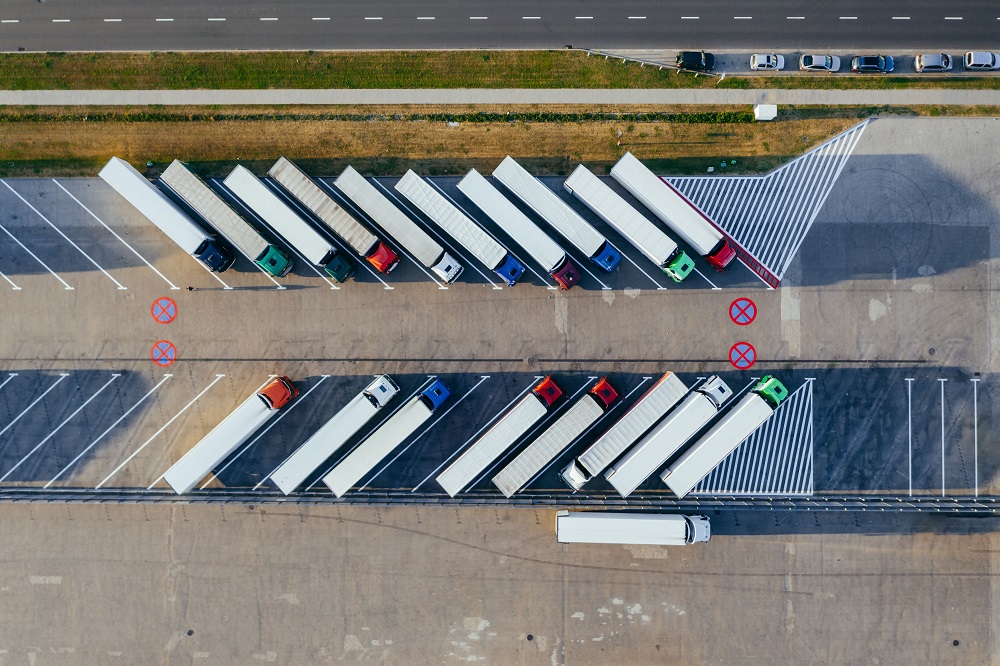Delivery in the last mile is a crucial but expensive aspect of logistics. Depending on the delivery method, it can make up as much as 35% of the overall delivery expense. So, it is essential to maximize last mile delivery to increase profitability and logistical efficiency. Also, a company's performance in the last mile has a significant impact on how satisfied customers are.
Last-mile delivery has become a vital consumer expectation in the food and grocery sector. For retailers, it is now more important than ever to guarantee a seamless and satisfying "last-mile" delivery—the final leg of the journey where a product lands in a consumer's hands. According to Emerald Publishing Limited, consumers are more likely to spend more if they have a great last-mile experience since they are engaged and kept around.
Read more: Future of Work: Top Hiring Trends to Look Out for in 2023 and Beyond

It is believed that such solutions are widely used by all kinds of enterprises as they ensure optimized delivery routes, enhanced shipment visibility, and improved customer engagement. As published by Technavio, the main driver of the expansion of the global last mile delivery business is the expanding e-commerce sector. Both in China and the US, the e-commerce sector is expanding quickly. For instance, e-commerce retail sales in the US rose by 39% in the first quarter of 2021 over the first quarter of 2020, although total retail sales only grew by 16.4%. Similarly to this, China is home to a sizable number of online retailers, which has considerably aided the expansion of the B2B last-mile delivery market.
The cutting-edge last-mile delivery technology may provide organizations with real-time visibility over where their cars are, and how much time is spent idling, whether they are deviating from a scheduled route. This helps to reduce thefts and spoilage while also giving supply chain and logistics executives better control over their fleets. Predictive visibility is another option, where the technology informs the shipper of the location of the shipment at a specific time. Businesses may optimize delivery routes in real-time and hence save unneeded delays by using enterprise-grade last mile delivery software. The optimum path to take to ensure speedier deliveries can be updated frequently for drivers. This enables them to make more deliveries. Also, there are gasoline and other cost reductions. Supply chain owners can precisely determine who made an order when it was placed, who will deliver it, and when the delivery will be finished thanks to last-mile delivery software.
Read more: The Future of Mobility: Top Trends to Watch Out for in 2023

The e-commerce sector is steadily expanding into new online categories, such as food and home care, as a result of COVID-19's short-term disruption and long-term structural changes. The COVID-19 epidemic has caused an overall 30% spike in e-commerce purchases in the United States. Experts in the field predict that by 2021, 2.1 billion individuals will have made online purchases. This is due to rising urbanization, which will result in 60% of the world's population living in cities. Also, the local AIN pharmacy started autonomous drug delivery to patients' homes in March 2021. Starship Technologies began shipping food during the pandemic in 2020.
As published by Capgemini, consumers are leaning towards choices for speedier delivery as expectations rise. They discovered that more than half of customers (55%) stated they would switch to a rival company if the latter provided a speedier service. Businesses that offer superior last-mile experience will have an advantage over their rivals.
Read more: Trends 2023: Top Customer Experience (CX) Trends You Don't Want to Miss

Logistics and transportation companies across the world are fully aware of the last mile troubles when delivering shipments to customers and are getting increasingly inclined towards deploying modern last-mile solutions. The final mile is the most important part of the entire delivery process since it directly impacts end users and presents a constant challenge for logistics management.
Customers demand deliveries that are quick and dependable, and last-mile delivery might be able to meet those needs. Businesses can improve the overall customer experience by using last-mile delivery to offer more delivery alternatives, such as same-day or next-day delivery.
Read more: How are Technological Advancements helping to Reshape Global Economic Growth?

The last mile delivery sector is growing thanks to innovations and investments from major participants in the field. For instance, Amazon unveiled Scout, a delivery robot that can roll along sidewalks and leave products at customers' doorsteps. Scout is about the size of a small cooler. This inspired Amazon to develop a novel idea for autonomous last-mile delivery service. The market outlook for automobile last mile delivery is anticipated to see a number of improvements made by leading businesses, which will fuel industry expansion.
With a presence in New York, San Francisco, Austin, Seattle, Toronto, London, Zurich, Pune, Bengaluru, and Hyderabad, SG Analytics, a pioneer in Research and Analytics, offers tailor-made services to enterprises worldwide.
A leader in Market research, SG Analytics enables organizations to achieve actionable insights into products, technology, customers, competition, and the marketplace to make insight-driven decisions. Contact us today if you are an enterprise looking to make critical data-driven decisions to prompt accelerated growth and breakthrough performance.









